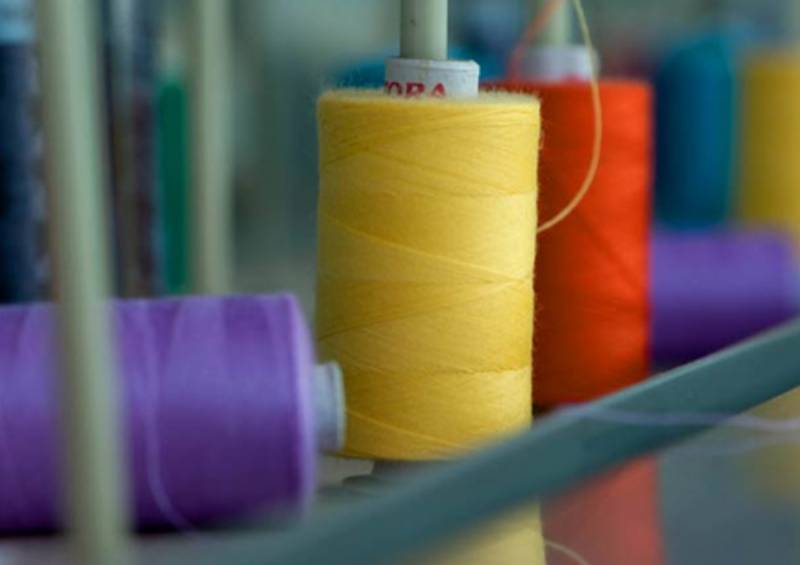
The relationship between Mexico and China, particularly in textiles and apparel, has seen a dramatic shift in recent years. Data from the Observatory of Economic Complexity (OEC) shows bilateral trade skyrocketed from a mere $550 million in 1999 to over $110 billion in 2021, a 200-fold increase. This growth continued in 2022 with a 27 per cent increase over 2021.
Mexico-China trade shift
Statistics reveal before 2018, trade between Mexico and China had been on a steady rise. Post-2018, US-China trade war created an opportunity for Mexico. Chinese exports to the US dipped due to tariffs, and Mexico emerged as an alternative production hub. This led to an increase in China-Mexico trade, particularly in textiles and apparel.
In fact, US tariffs on Chinese goods significantly impacted global supply chains. Mexico became a prime beneficiary, becoming a "springboard" for Chinese products entering the US market. This trend is evident in the growth of container traffic between China and Mexico. Xeneta, a shipping data platform, reports a 34.8 per cent increase in annual growth in 2023 compared to a mere 3.5 per cent in 2022. In fact, Mexico surpassed China as the top source of US imports in 2023, highlighting this shift.
Mexico's new tariffs, a hurdle for China
Mexico's recent tariff hike, ranging from 5 to 50 per cent 544 products, including textiles and apparel, entering from non-free trade agreement countries like China, presents a new challenge for Chinese exporters in textiles and apparel, along with other sectors like steel and furniture. These tariffs specifically target countries without free trade agreements with Mexico, directly impacting China. The Mexican government claims these measures aim to "provide certainty and fair market conditions" for domestic industries. However, analysts suggest a potential influence from the US, concerned about circumventing trade rules through Mexico.
Mexico-China trade in textiles & apparel (estimates)
|
Year |
Bilateral trade (US$ billion) |
Share of Mexico's exports to US (textiles & apparel) |
|
2018 |
50 |
30% |
|
2019 |
65 |
35% |
|
2020 |
72 |
40% |
|
2021 |
85 |
45% |
|
2022 (Est.) |
100 |
50% |
China navigating uncertainties
The new tariffs raise questions about the future of China-Mexico trade. It could potentially lead to increased costs for exports to Mexico. And loss of market share in the US if alternative sourcing isn't found. Here are some potential scenarios for China.
• Diversification: China may explore alternative export destinations in Southeast Asia or Africa to reduce dependence on Mexico.
• Increased investment: Chinese companies might invest in Mexican manufacturing facilities to qualify for free trade benefits and avoid tariffs.
• Negotiations: China could attempt to negotiate a free trade agreement with Mexico to secure better access to the market.
• Value addition: Shifting focus to higher-value products with greater profit margins could help offset tariff impacts.
• Compliance: Ensuring products undergo substantial transformation in Mexico to qualify for preferential treatment under trade agreements.
Indeed, Mexico's tariffs could be a harbinger of challenges for China's export-driven economy. The situation underscores the need for China to diversify its trade partnerships and potentially adjust its manufacturing strategy in the face of a shifting global trade landscape.












